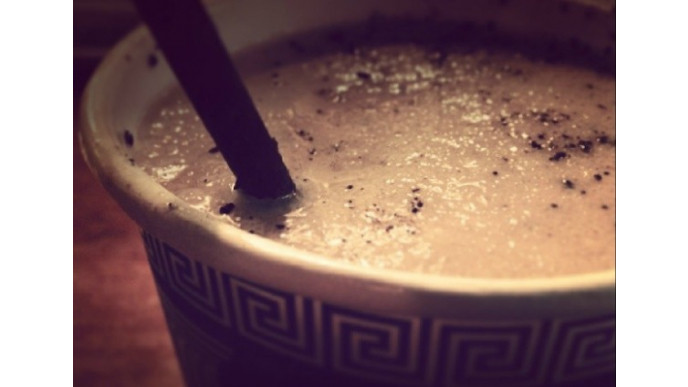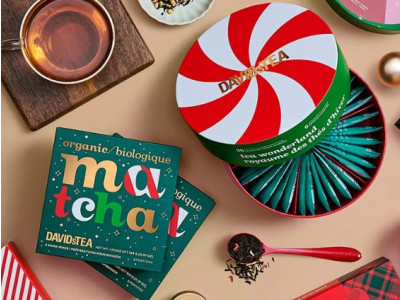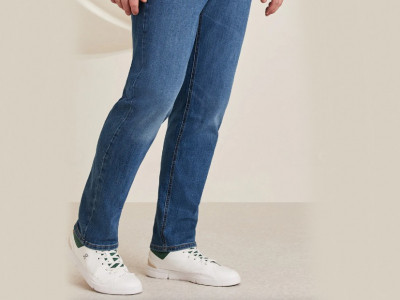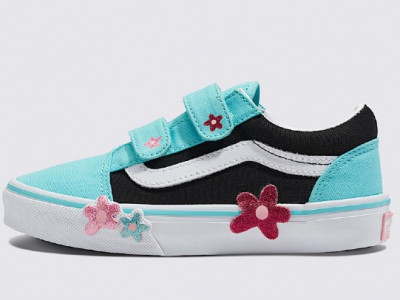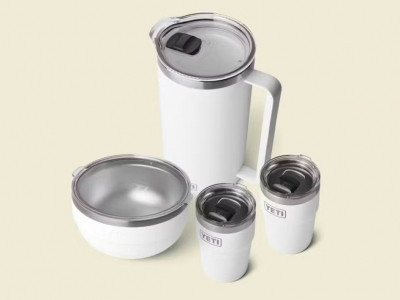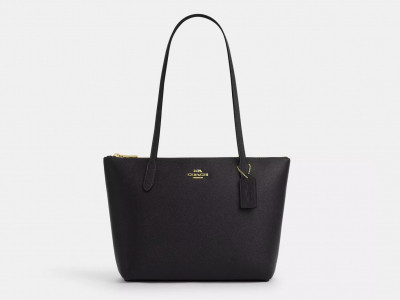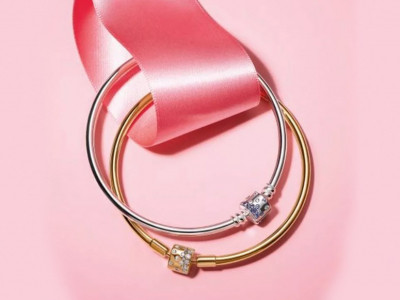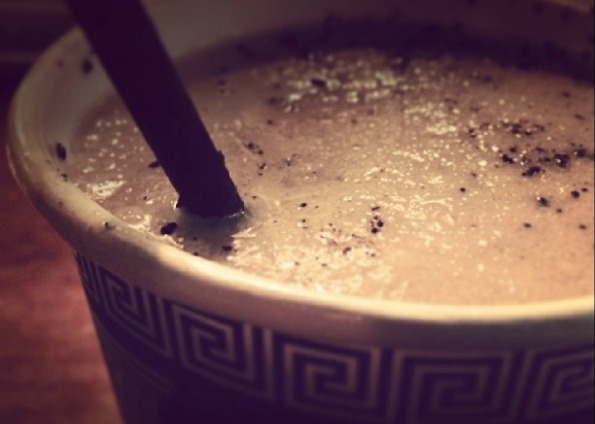
I was recently thinking about how much liquid sugar we throw away each summer: down the sink, on pavement, or showering the nearest piece of grass. I am talking about those beverages that we do not quite finish before they either go cold if they are supposed to be hot, or get warm if they are supposed to be cold, or melt if they are supposed to be frozen. Here are some ways to reduce beverage waste.
1. Hot Beverages
Stick leftover coffee, lattes, and teas in the fridge to preserve them. Combine leftover hot beverages with ice, ice cream, or frozen yogurt in your blender for a great new drink. For herbal teas, consider adding fresh or frozen fruit into the mix. With straight up black coffee, you may want to add some sugar and/or milk if blending it with ice. The key with this process is flavour matching. For example: if you have leftover mint tea that you have stowed away in the fridge, try blending it with ice, chunks of frozen mango, and a shot of leftover white or rose wine. You would be amazed at the wonderful drinks you can make out of leftover liquids.
2. Cold Beverages
Cold beverages are made for leftovers. Lemonades, ice teas, and even pop are great flavours to add to your blender. Just because your pop is flat, does not mean it is doomed to the drain. Try blending lemonade with raspberries and ice for a raspberry lemon slushy. Pops like root beer and cream soda work really well with ice cream to make floats. Ice tea can mix with many different fruits like blackberries or peaches. Coca-Cola, or any of the cola type beverages, can be turned into a slushy by mixing it with ice.
3. Frozen Beverages
The trick with frozen beverages is knowing if they are a dairy or ice base. If they are a dairy base, you need to get them in the fridge while the drink is still moderately cool. Ice based beverages you really do not need to worry about. To reconstitute a frozen ice based beverage (like a slurpee), just blend your leftover drink with an appropriate amount of ice. To reconstitute a dairy-based frozen drink, blend the leftover liquid with either ice cream or frozen yogurt.
4. Alcohol
Alcohol and slushies or smoothies are a fantastic combination for the adults in the household. Leftover wine works exceptionally well with fruit and ice mixed into a slush. Try raspberries and cherries with a red wine and watermelon with a rose. Hard liquors can be added as shots with complementing flavours. Try adding brandy to an apricot and peach based drink. Anything of the 'creme' variety works well in smoothies. Try making dessert smoothies with ice cream, leftover liquor like Baileys, Creme De Menthe, or Irish Creme, and melted chocolate. Throw in some fresh shredded mint leaves for a little extra excitement. Leftover beer can also be thrown in a blender with some of your favourite fruit and a couple handfuls of ice. Which type of fruits you want to use will depend on the flavour profile of the beer you are drinking.
5. Add Ons
Fruit is a good way to add bulk and flavour to your reconstituted drink. However, you can also add spices like cinnamon and nutmeg or extracts like peppermint and vanilla. For texture, I have found half a banana, a shot of alcohol, or a scoop of protein powder gives a creamier texture and a better blend. Some people also love to add cocoa powder and peanut butter to their smoothies. Both sound delicious! If you want to make your drink healthier, try adding in veggies or seeds like chai and flax. Some vegetables you can hide better than others, so I suggest experimenting in small amounts. Try matching colours if you are not sure how to start mixing. Carrots with oranges and spinach with apples and mint is a good start. There are plenty of fantastic drink combinations out there you just need to find for yourself.
There is no need to throw away left over drinks when you can simply reuse the liquid for another drink! Do you have any drink suggestions of your own?
(Image credit: Owen Iverson)
